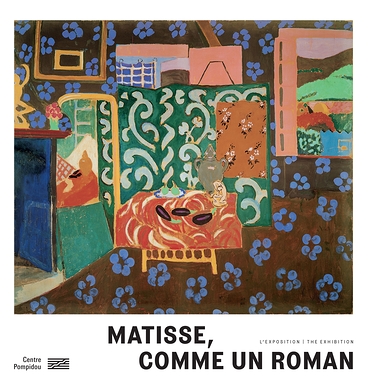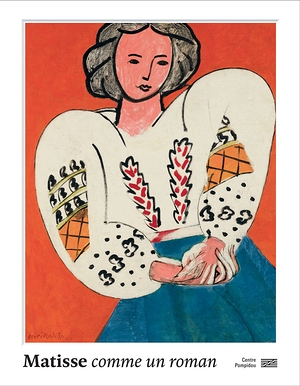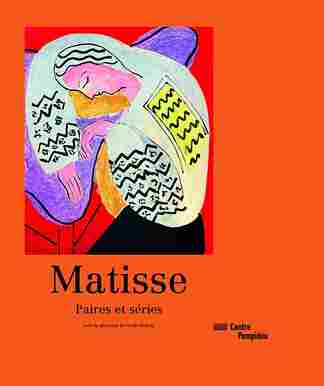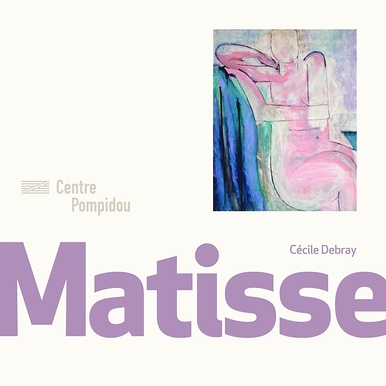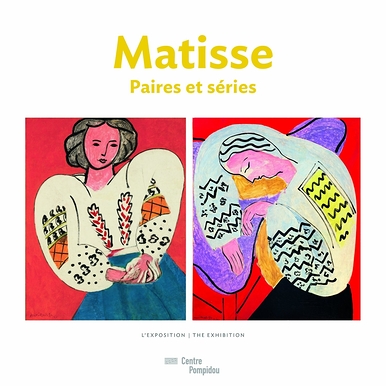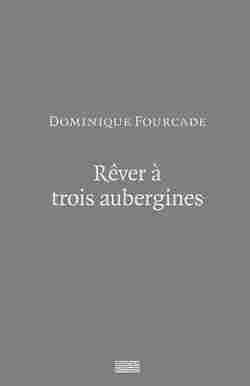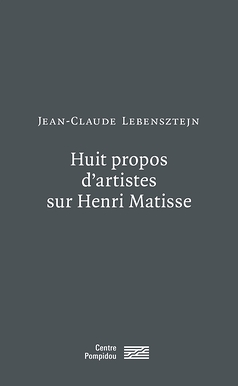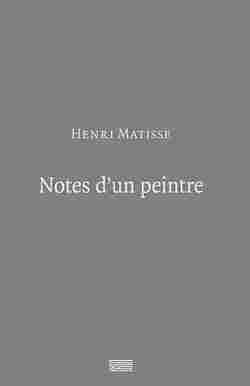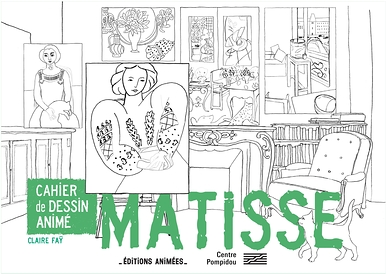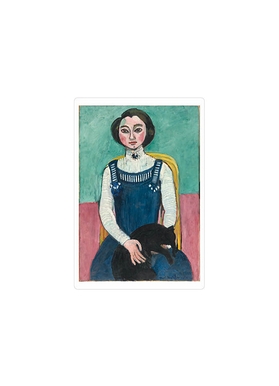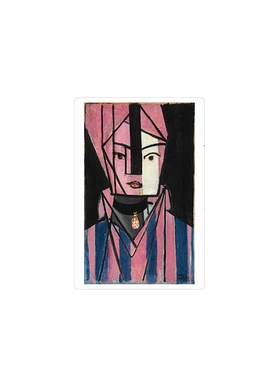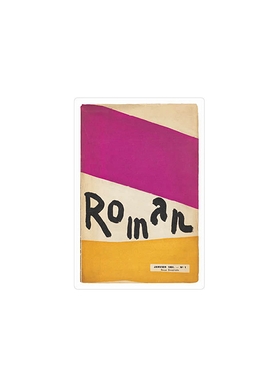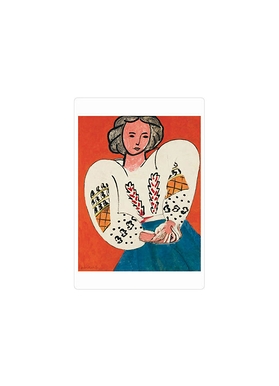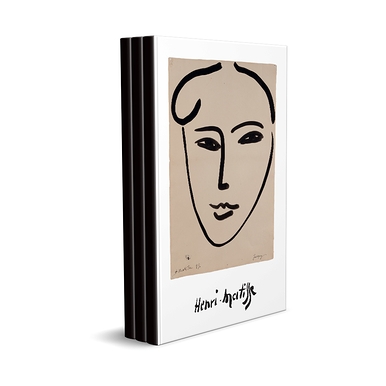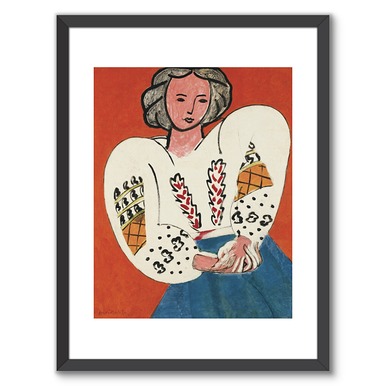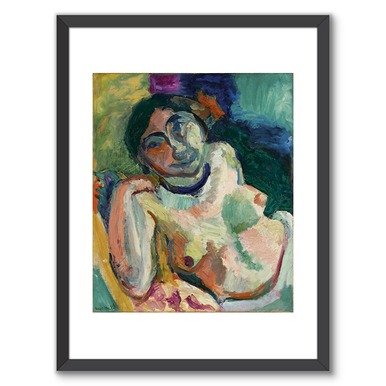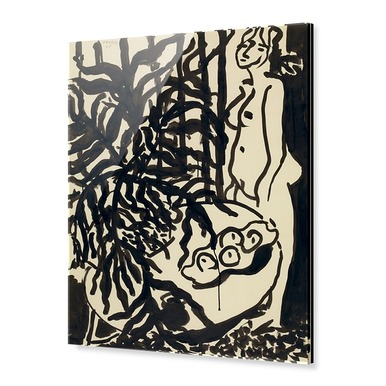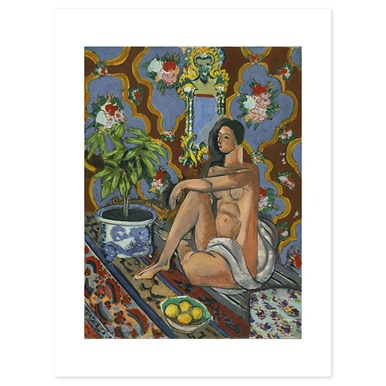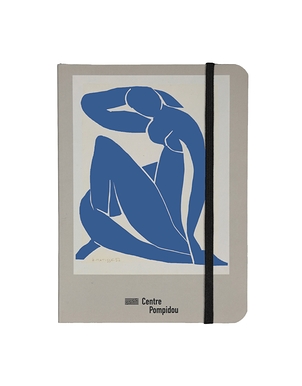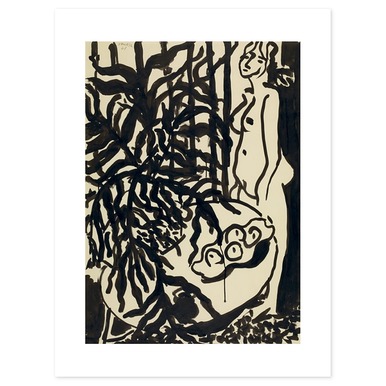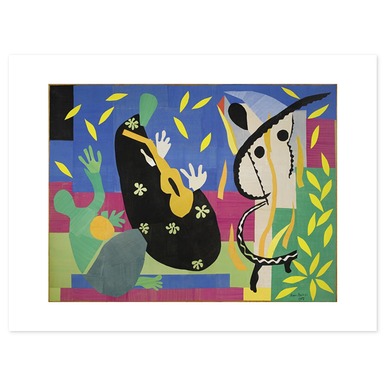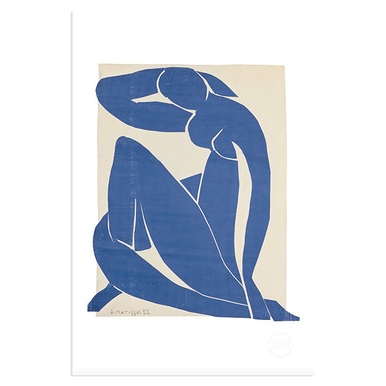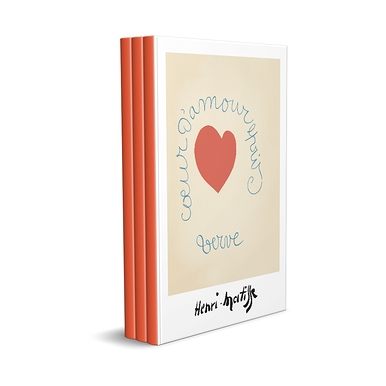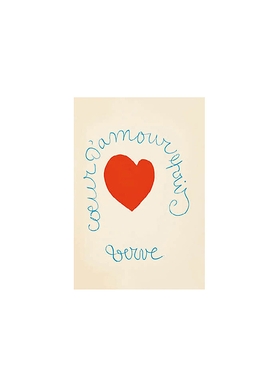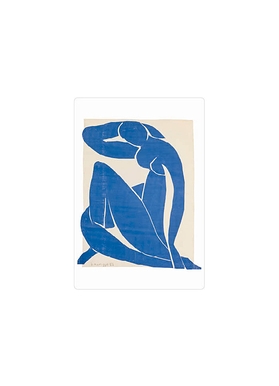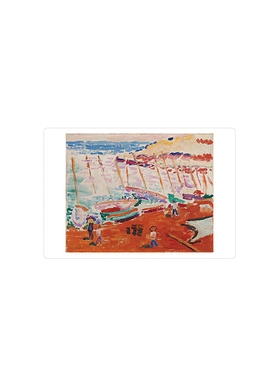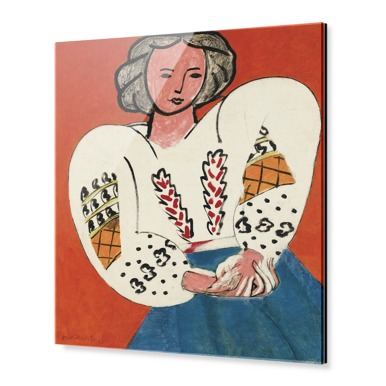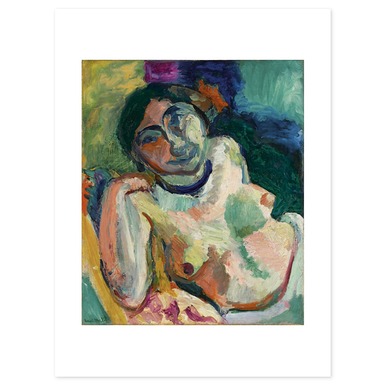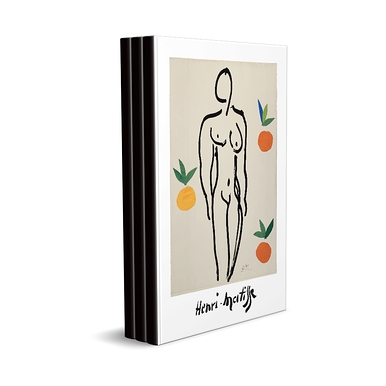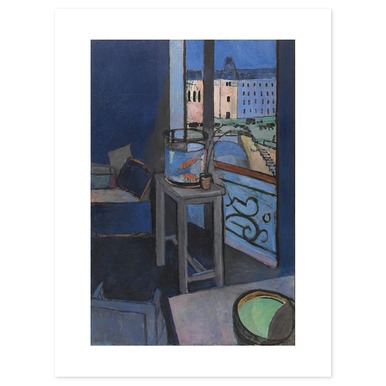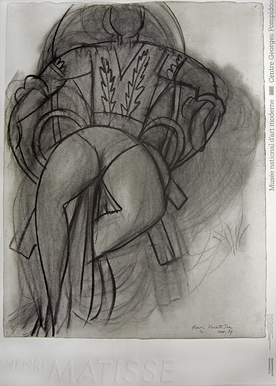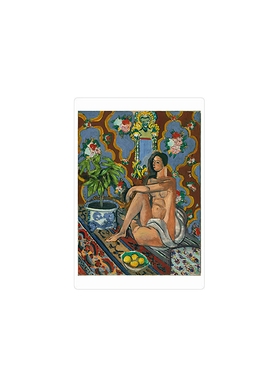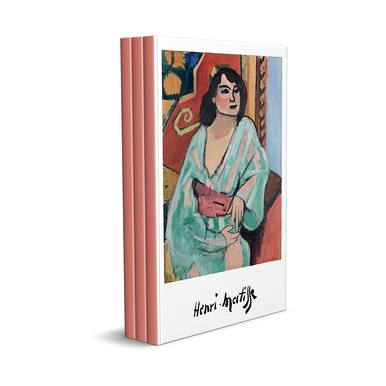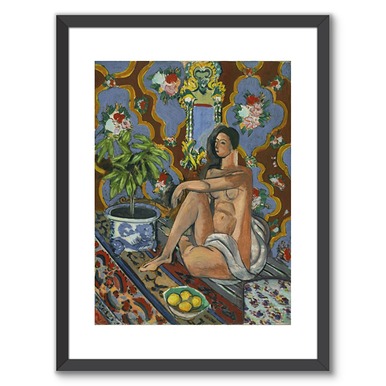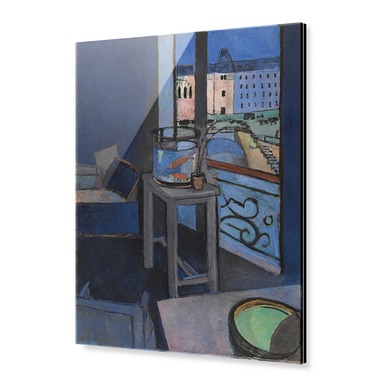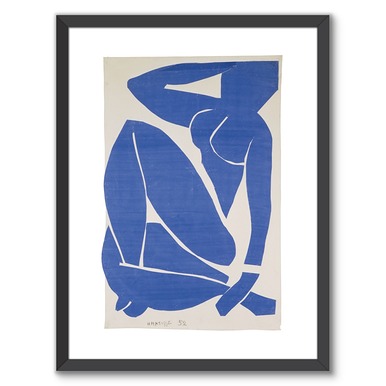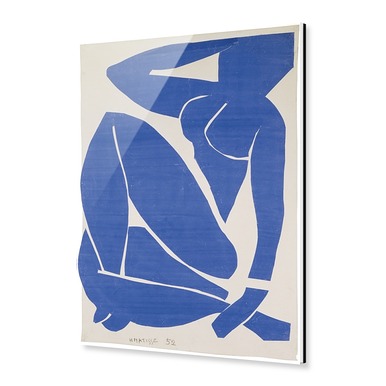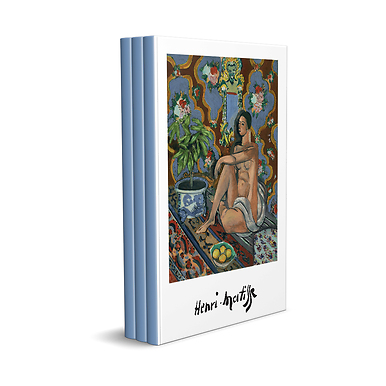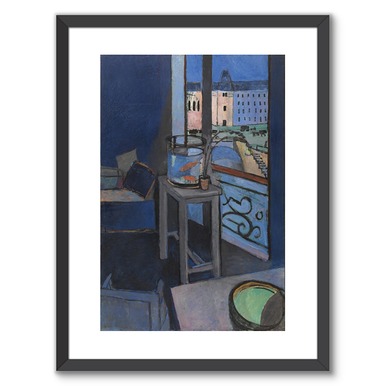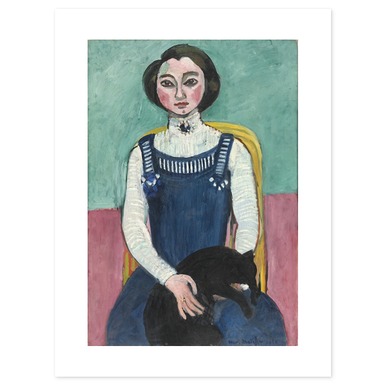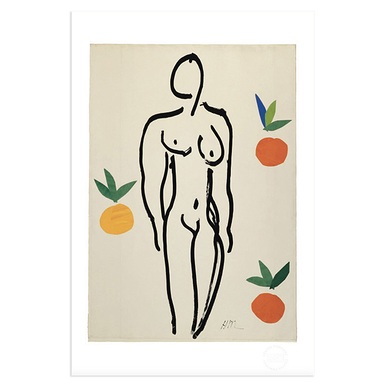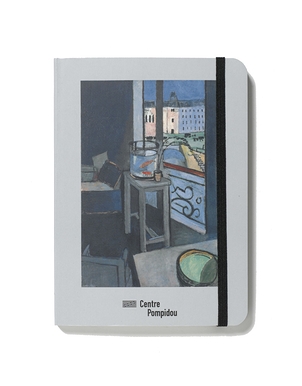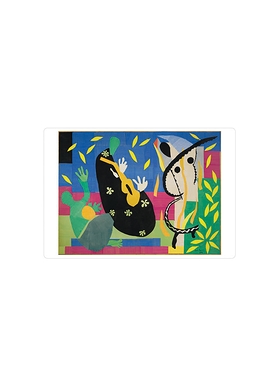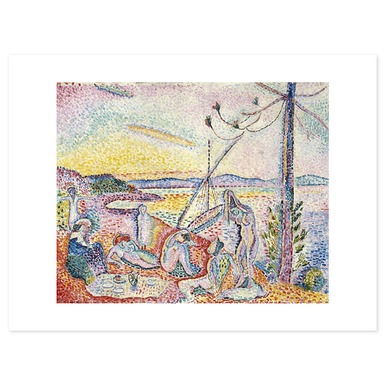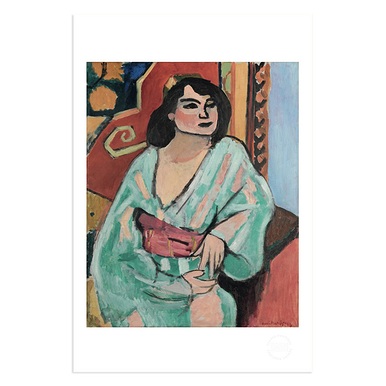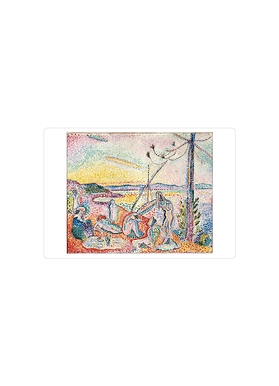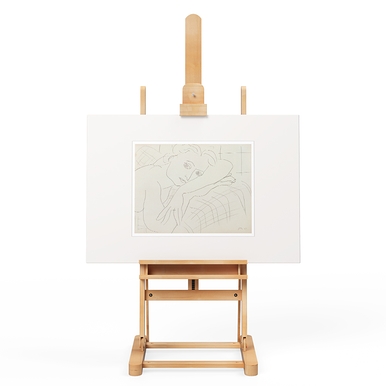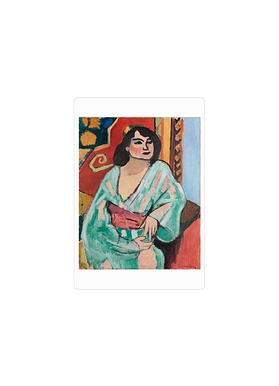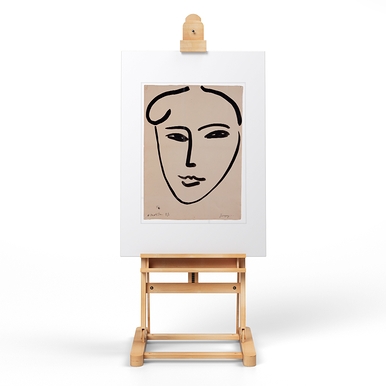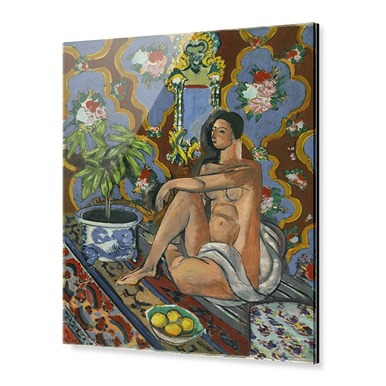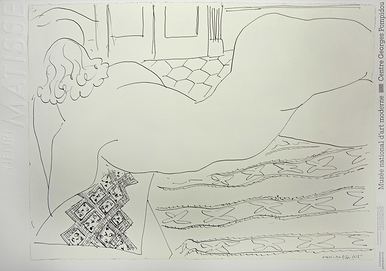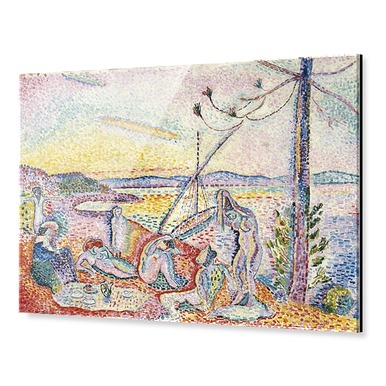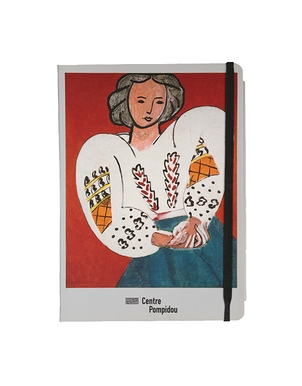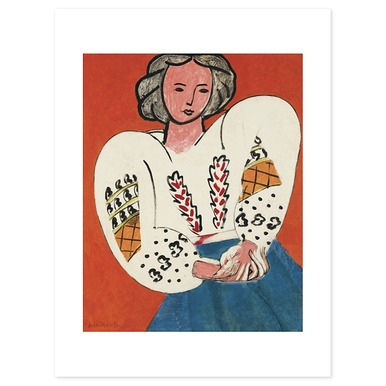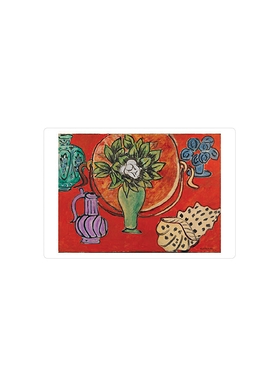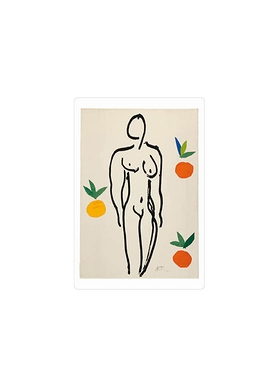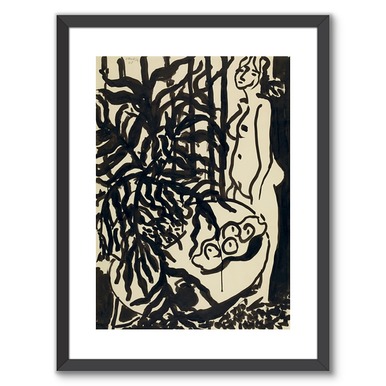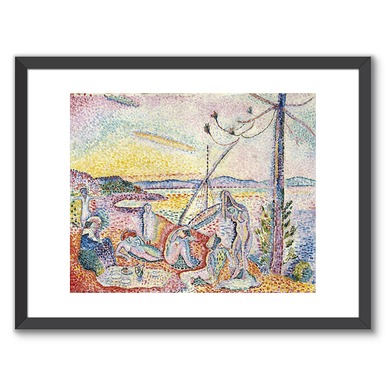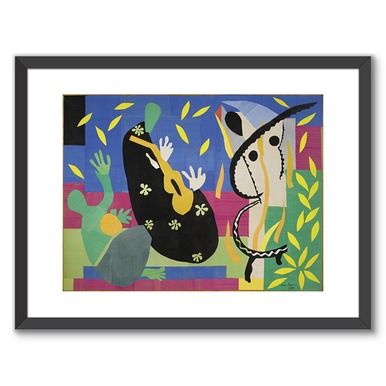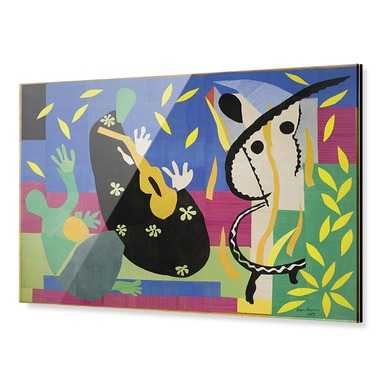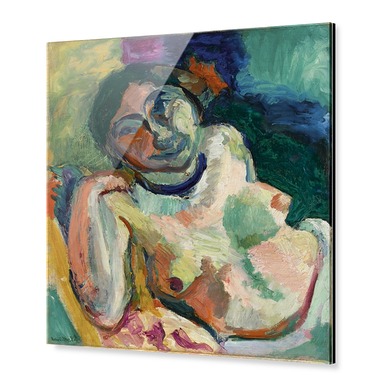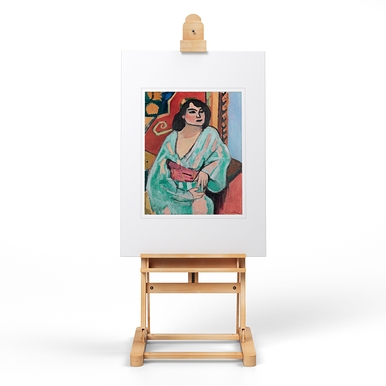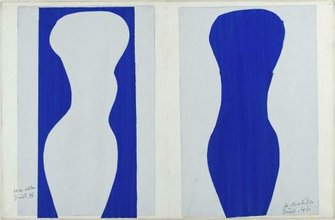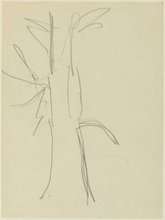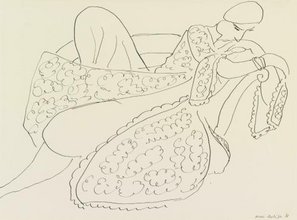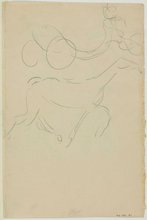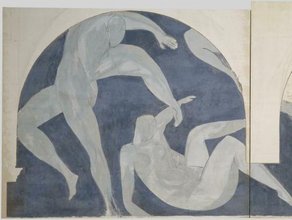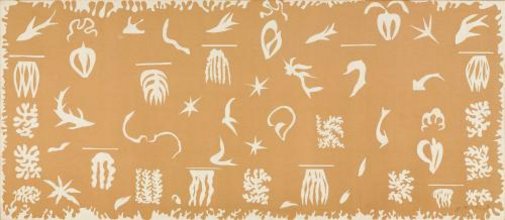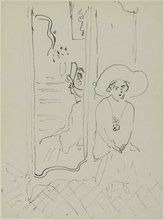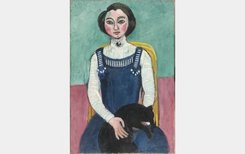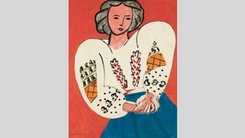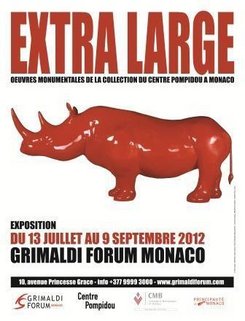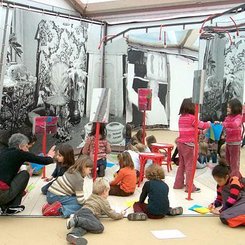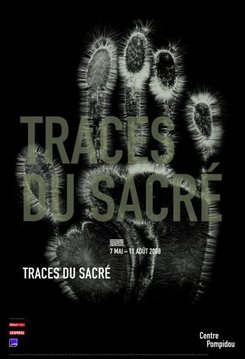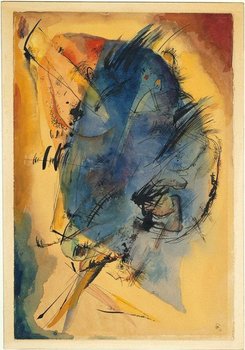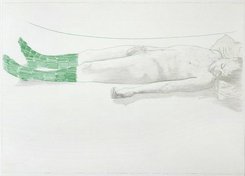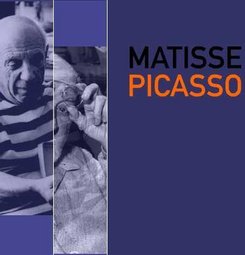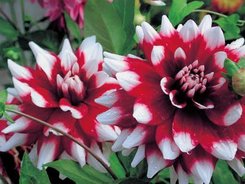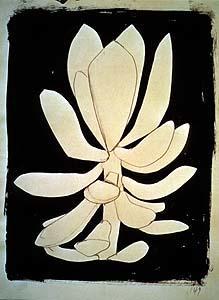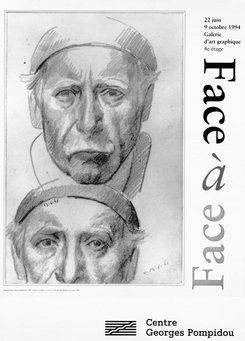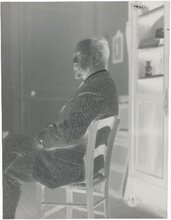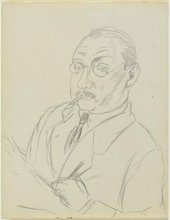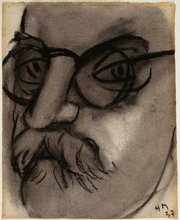Artist/personality
Henri Matisse
Peintre, Sculpteur

Henri Matisse
Peintre, Sculpteur
Nationalité française
Birth: 1869, Le Cateau-Cambrésis (Nord, France)
Death: 1954, Nice (Alpes-Maritimes, France)
Domaine public
Biography
Henri Matisse saw his art as a quest for the living expression of form, line and colour. Matisse’s modernity consisted in considering his paintings as a whole: "the place occupied by my figures, the empty space around them, the proportions, everything has its share." The elements fit together, respond to each other or collide with each other, like musical notes in a symphony. Matisse was a total artist, placing great emphasis on painting, drawing and engraving but also on modelling and cut-outs. His entire life was devoted to his art and the desire to connect it with poetry, music and the discovery of other civilisations. It ended, at the age of over 80, with the invention of gouache papers in large formats, masterpieces that would influence many artists in generations to come through their spirit of synthesis.
Matisse was born in 1869 in the North of France and went to Paris to study art in 1891. He soon sought a new language, as vibrant as Impressionism but more stable, less fleeting. After a short time with the pointillism of Paul Signac in Saint-Tropez in summer 1904, the powerful light of Collioure pushed Matisse to transform his brush strokes into surfaces of colour in summer 1905. The painter was also a violinist and drew on music to find balance in each composition, which he created like "a block of light formed by the harmony of several colours". The exhibition of his paintings from the Mediterranean Coast at the Salon d’Automne in Paris alongside painters Albert Marquet, André Derain and Maurice de Vlaminck would go down in history and give birth to a nickname, then a movement: the Fauves. The harmony of vibrant colours that exceeded real life, the unique framing that flattened any form of perspective, and the spontaneous touch that rendered the entire surface dynamic lit a fuse among the public. Fauvism was the biggest avant-garde movement of the 20th century and would influence countless painters all over Europe.
In 1910, with the portrait of Marguerite, Matisse managed to give his daughter’s face a more universal expression. For this, he drew inspiration from artworks from ancient civilisations all over the world, which he collected in his studio. Fabrics, ceramics and statuettes guided him in his research and stimulated him in his quest for primal lines. Regularly, "to rest from painting", Matisse would practise modelling and create sculptures in which his models’ bodies stretch out and accentuate their hips in arabesque poses. Through successive stages with a single model, he created a phase-by-phase simplification process, a method which he would also adopt for his painted and sketched portraits.
In 1917, an absolute master and recognised as such, he moved to Nice where he decided to start again from scratch. Thus began a period full of drawings in ink, pencil and lead. In his daily sessions, he took women, vases, cloth and flowers as motifs in a graphic process. In this series of variations on a single theme, the subject becomes a sign, source of simplicity, power and freedom. Matisse created a vocabulary with his fluid lines, a veritable graphic alphabet.
Then, at 80 years old, after a final series of easel paintings in which motifs from his garden and inside his home combined in a rush of colours, he began a new phase that was vast and monumental: the design of the Vence Chapel, "his crowning achievement". To prepare the stained-glass windows, he used the technique of cut-outs in large formats. Following this major project, he continued the technique with a final series of gouache papers. With the four Nus bleus (Blue Nudes) and La Tristesse du roi (The Sorrows of the King), he achieved the simplicity of harmony of colour and form that he sought so fervently.
Medias
Events
In the store
